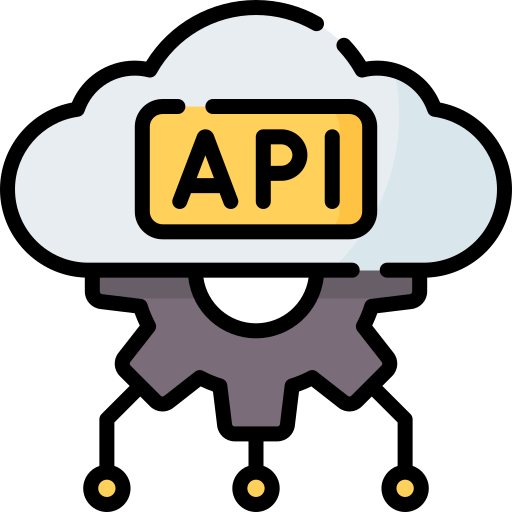Have you ever wondered who owns a website? The answer lies in the whois data, a treasure trove of information about a domain’s registration. This article equips you with the knowledge to build an app that performs whois queries using a Whois API.
1. Choose a Whois API Provider:
- Several Whois API providers offer access to domain registration data. Popular options include Whois.com, Whois API, and WhoisXMLApi. Each provider might have different features, pricing structures, and rate limits. Consider factors like:
- Functionality: Does it offer the specific data points you need (e.g., registrant name, creation date)?
- Pricing: Does it fit your budget and expected usage?
- Ease of Use: Does it offer clear documentation and an easy-to-use API?
- Rate Limits: Can it handle your expected query volume?
2. Select a Development Platform:
- You can build your app using various technologies depending on your preference and target platform (web, mobile, etc.). Here are some options:
- Web App: Languages like Python (with Flask or Django), JavaScript (with Node.js), or PHP (with Laravel) can be used.
- Mobile App: Platforms like Android Studio (Java/Kotlin) or Xcode (Swift) for native apps, or frameworks like React Native or Flutter for cross-platform development.
3. Integrate the Whois API:
- Once you have your development environment set up, follow the API provider’s documentation to integrate their API into your application. This typically involves:
- Signing up for an API key or account with the provider.
- Understanding the API endpoints for whois queries (e.g., [invalid URL removed]).
- Making API calls from your code using libraries or HTTP requests.
- Parsing the JSON or XML response from the API to extract relevant whois data.
4. Design Your App Interface:
- Create a user interface for your app where users can enter domain names and view the retrieved whois information. This might involve:
- An input field for users to enter domain names.
- A button to trigger the whois query.
- A display area to present the retrieved whois data (e.g., registrant name, creation date, etc.).
- Consider error handling for invalid domain names or API errors.
5. Test and Deploy Your App:
- Thoroughly test your app with various domain names to ensure it retrieves whois data correctly.
- Fix any bugs or errors encountered during testing.
- Deploy your app to a suitable platform (web server, app store) depending on its target audience.
Additional Tips:
- Caching: Consider implementing caching mechanisms to store frequently queried whois data locally to reduce API calls and improve performance.
- Rate Limiting: Be mindful of the API provider’s rate limits and implement mechanisms to avoid exceeding them. This might involve throttling your queries or displaying informative messages to users.
- User Privacy: Respect user privacy by clearly stating how you use the collected domain names and retrieved whois data in your app’s privacy policy.
By following these steps and considering the additional tips, you can build an app that leverages a Whois API to provide users with valuable domain registration information. Remember to choose the right API provider and development platform that aligns with your project requirements and technical expertise.


